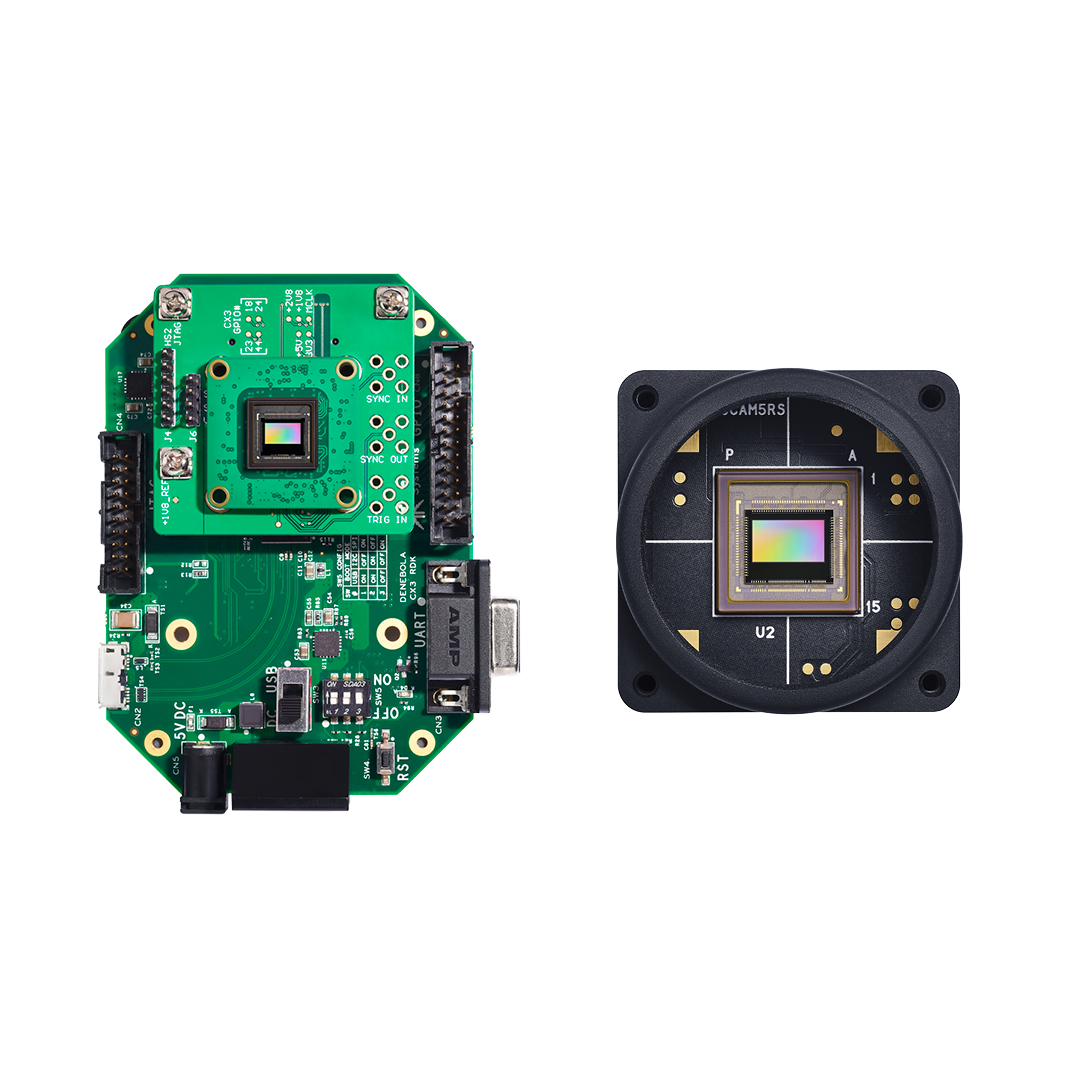ON-ORBIT OPTICAL DETECTION OF LETHAL NON-TRACKABLE DEBRIS
US NAVAL RESEARCH LABORATORY
Andrew C. Nicholas, Joshua M. Wolf, Lee J. Kordella, Ted T. Finne, Charles M. Brown, Scott A. Budzien, Kenneth D. Marr, Christoph R. Englert
ABSTRACT
Resident space objects in the size range of 0.1 mm–3 cm are not currently trackable but have enough kinetic energy to have lethal consequences for spacecraft. The assessment of small orbital debris, potentially posing a risk to most space missions, requires the combination of a large sensor area and large time coverage. For example, a sensor with a time•area product of 3 m2-years is considered sufficient to make a significant contribution to our understanding of the near-Earth small debris population. Deploying large sensors, however, is generally resource intensive, due to their size and weight. The lightsheet sensor concept, allows the creation of a “virtual witness plate”, which is created without any supporting physical structure and therefore presents an attractive opportunity for the detection small debris anywhere between low Earth orbit and interplanetary space. This sensor project is called Lightsheet Anomaly Resolution And Debris Observation (LARADO). Recent technology maturation efforts in the laboratory have successfully detected small debris (1.6 mm diameter) moving at 6.38 km/s. NRL is building the NASA funded the LARADO instrument as a technology maturation effort for a flight demonstration on STPSat-7 in 2025. In this presentation, we will describe the LARADO instrument, present the laboratory data and analysis, and describe the instrument details for the STPSat-7 spacecraft slated for launch via the DoD Space Test Program in CY2025.




